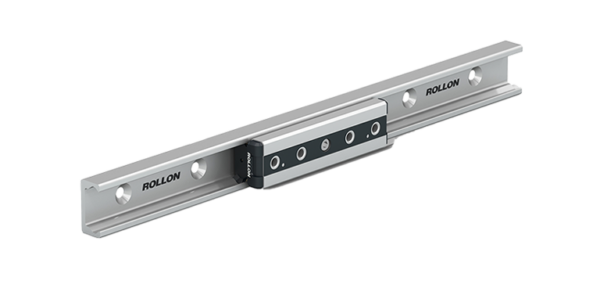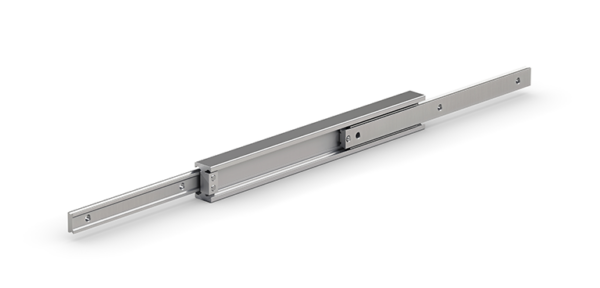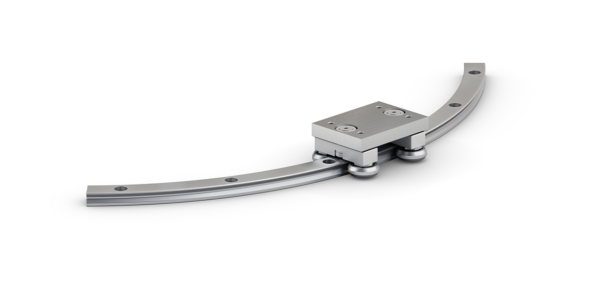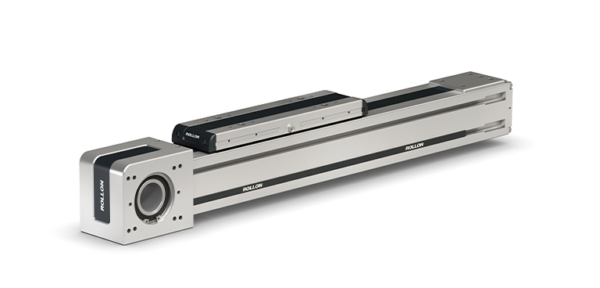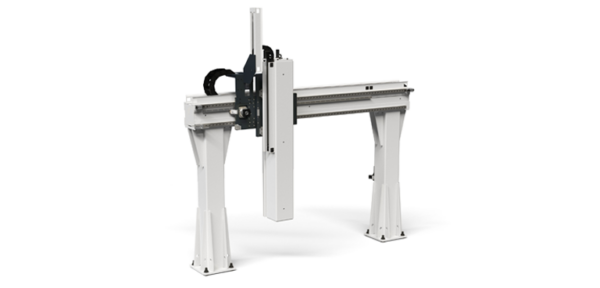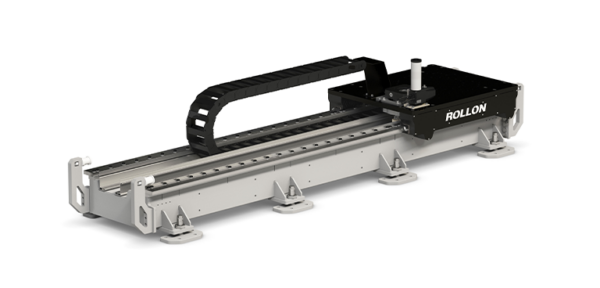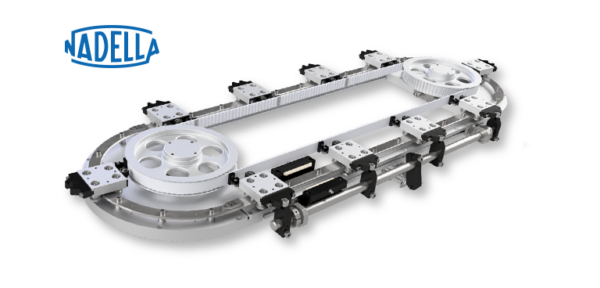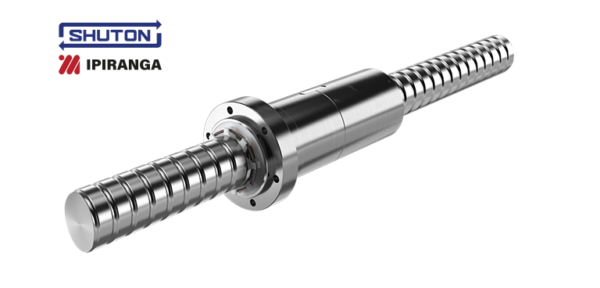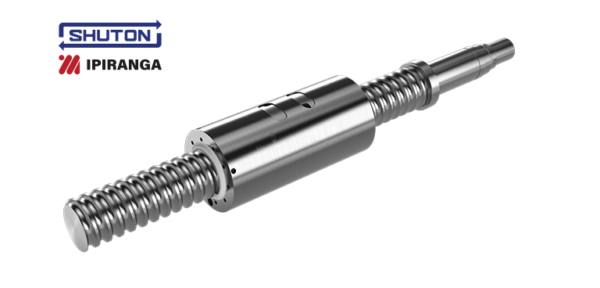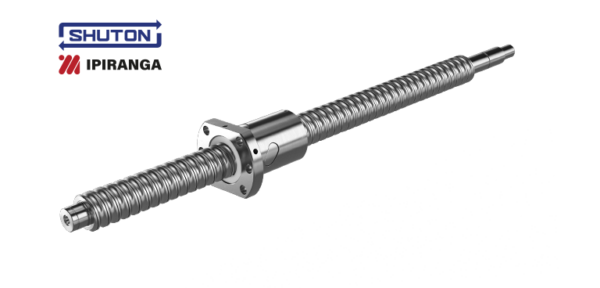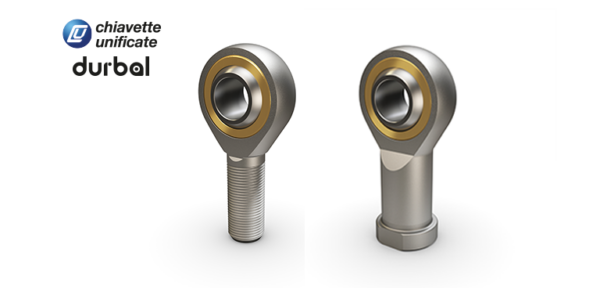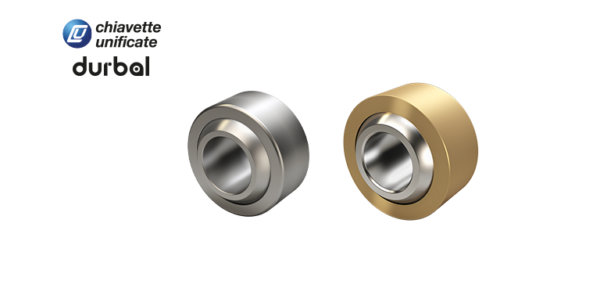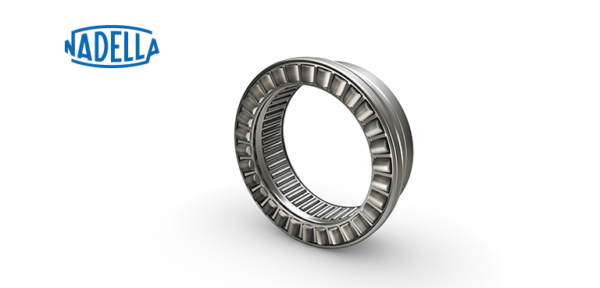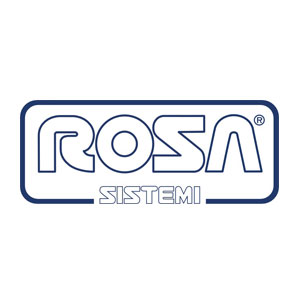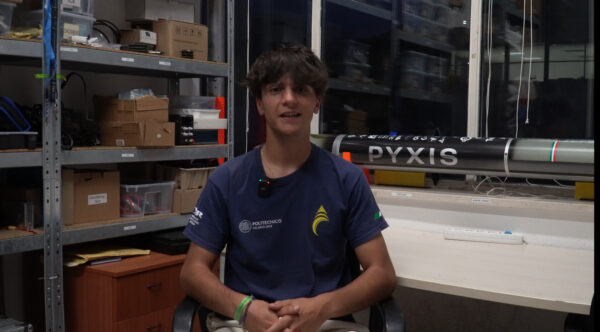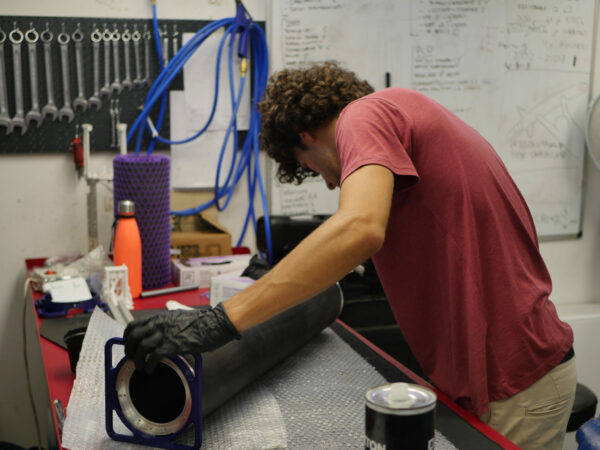To meet global sustainability goals in the coming decades, renewable energy innovators are looking toward the ocean’s waves as a reliable energy source for growing coastal communities.
Timken is influencing this new wave of technology to harness the power of the ocean. In fact, the engineers of Shuton-Ipiranga, — today part of the Rollon ecosystem, following the acquisition by The Timken Company of the Nadella group, — developed one of the world’s largest ball screws to support CorPower Ocean’s newest innovation for clean energy.
The engineers are currently collaborating with Sweden-based CorPower Ocean to perfect its novel point absorber, a type of wave-energy converter technology that measures as tall as a six-story building. An advanced prototype is equipped with a highly customized Shuton-Ipiranga ball screw, which is currently being field tested in the Atlantic Ocean near Aguçadoura, Portugal.
The ball screw acts as a mechanical actuator to compensate for tidal variation cycles and keeps the device in an optimized position in the water. The overall design was inspired by the pumping action of a human heart.
Big advancements for a sustainable future
Energy engineers have experimented with wave power since the 1890s. Two major issues prevented advancement until recently: equipment damage caused by rough seas and the high complexity and cost of manufacturing solutions that work.
CorPower Ocean’s design solves both issues. Its wave energy converters can operate in storm protection mode, during which they are “detuned” to make them transparent to incoming waves. It’s similar to how wind turbines can pitch their blades in “survival mode” to guard against damage from excessive loads during extreme wind.
Pako Juaristi, commercial director of Shuton-Ipiranga, says that just like wind turbines, wave-energy converters are massive. Their components and the forces they must endure are huge, too.
“Nowhere else in the world is there a ball screw of this specification supporting a max load of 8,000 kilonewtons,” Juaristi said. “Our portfolio’s average standard ball screw nut length is about 200 mm. In this case, the nut alone is nearly five times greater at one meter in length. The entire component has 18 load-bearing ball circuits assembled on an 11-meter-long shaft. That’s big.”
The Shuton-brand ball screw design was informed by complex simulations created by CorPower, design consultants and researchers at Mondragon University in Spain.
To produce the giant prototype, the engineers drew on their deep knowledge of manufacturing processes and developed special tooling capable of machining components of this scale.
A more stable renewable energy mix
Significant growth in the wave energy market is expected as top companies begin proving initial design concepts and varied technologies. And while a few are getting closer than ever, CorPower is considered the current leader due to its protective detuning feature.
Eventually, wave energy is expected to become a more consistent and predictable energy source than wind or solar. Unlike these energy sources, which can lose capacity when the wind doesn’t blow or the sun doesn’t shine, ocean waves are always moving. Wave energy can also supplement other energy sources for a more flexible, reliable mix of renewable energy.
“Wave could be the final piece in the puzzle to making renewable energy more viable worldwide,” Juaristi said. “We’re already working on the second-generation of this technology based on what we learned during the first prototype. It’s exciting to be a part of it.”



